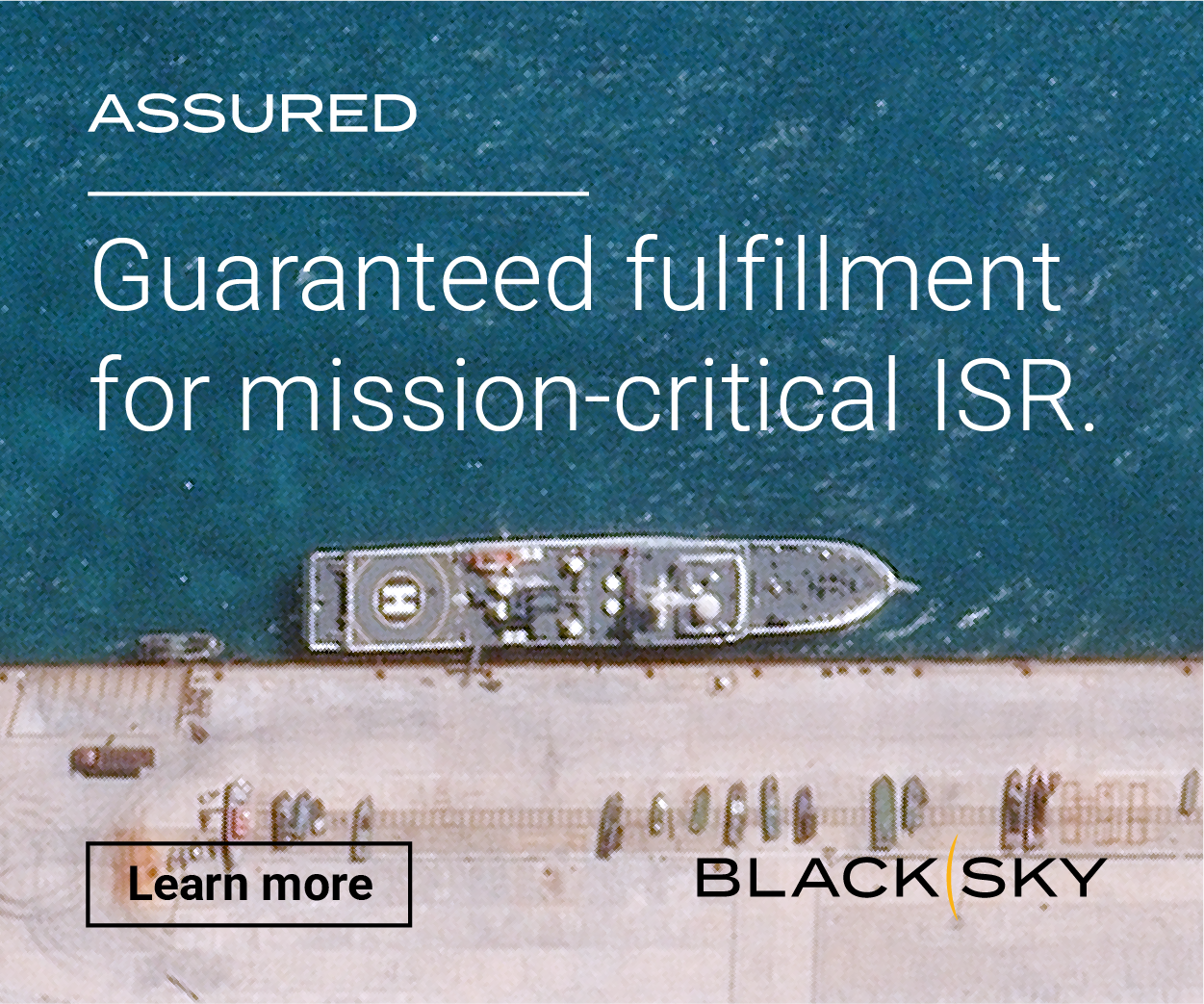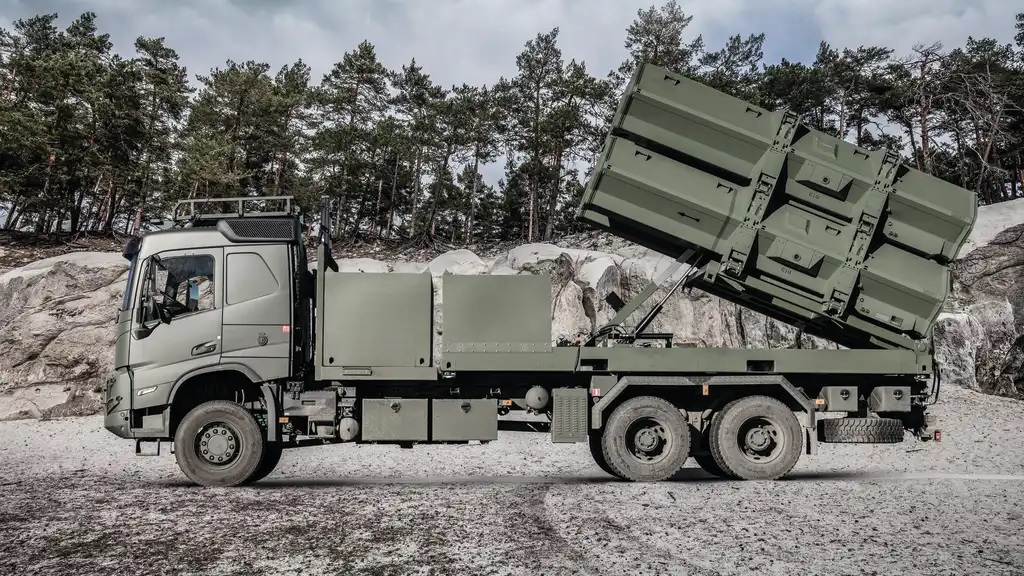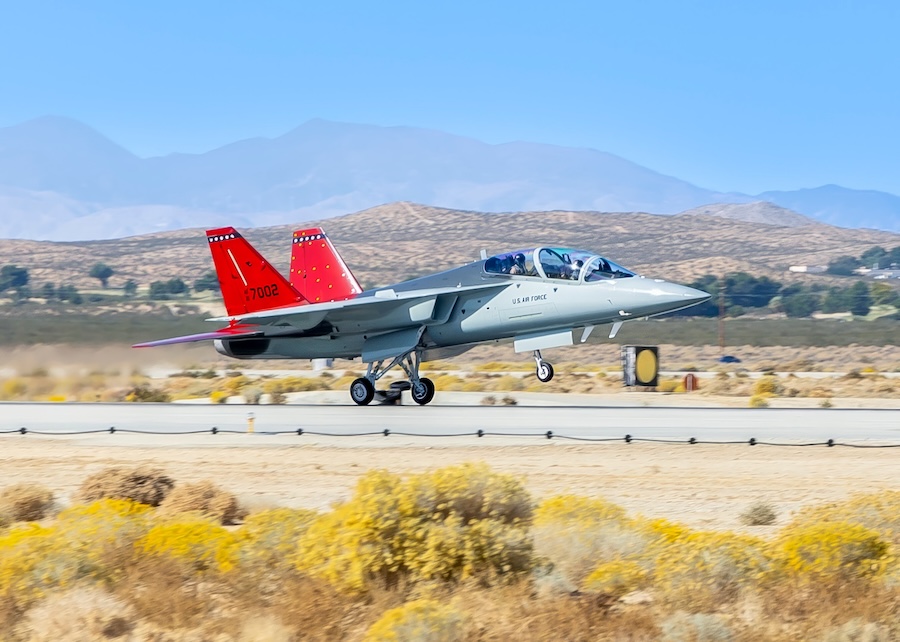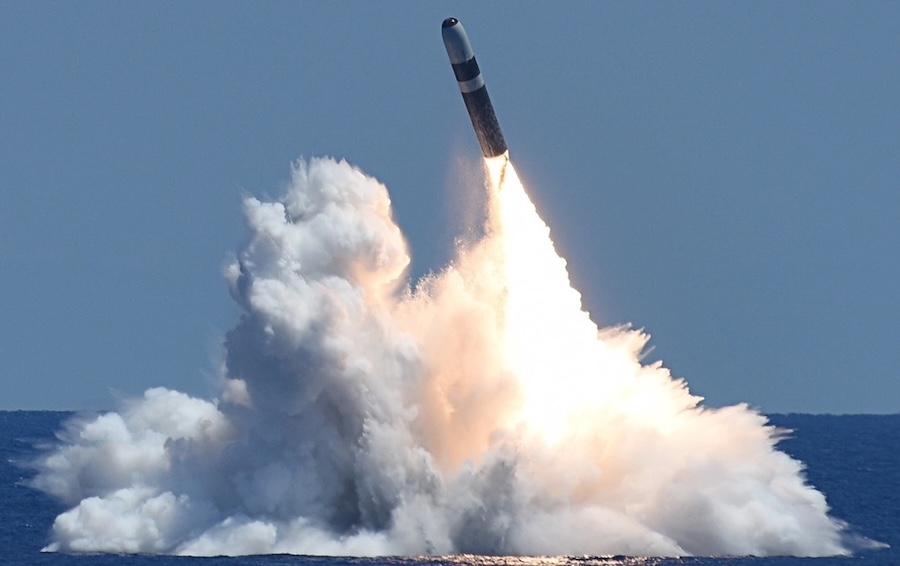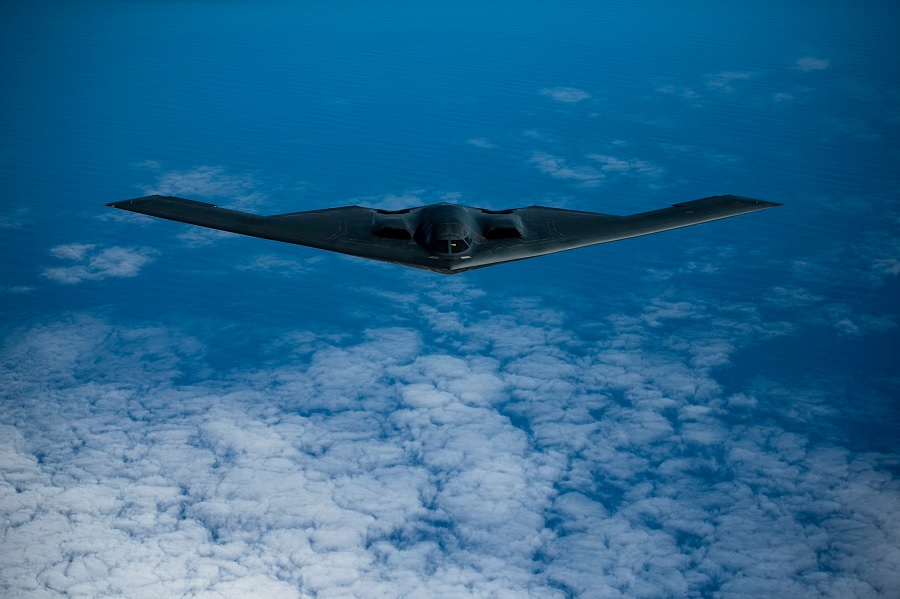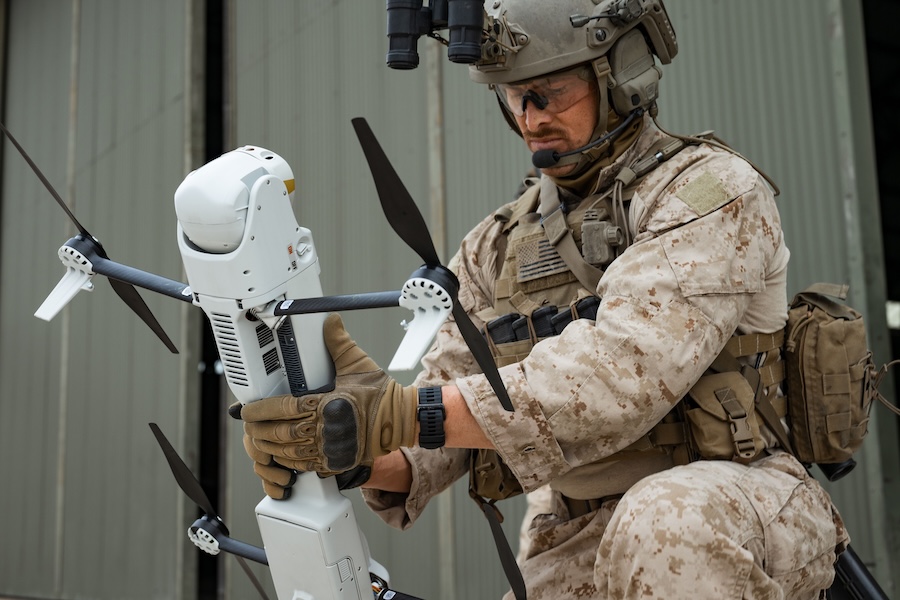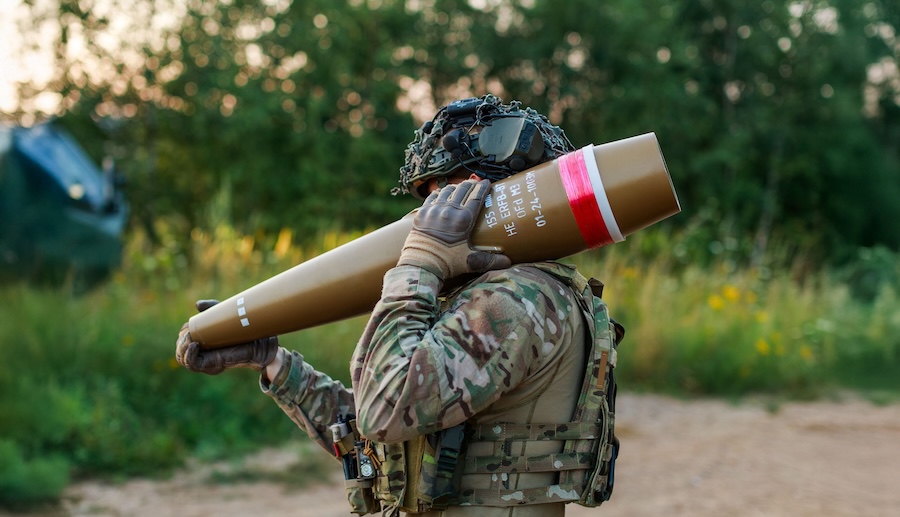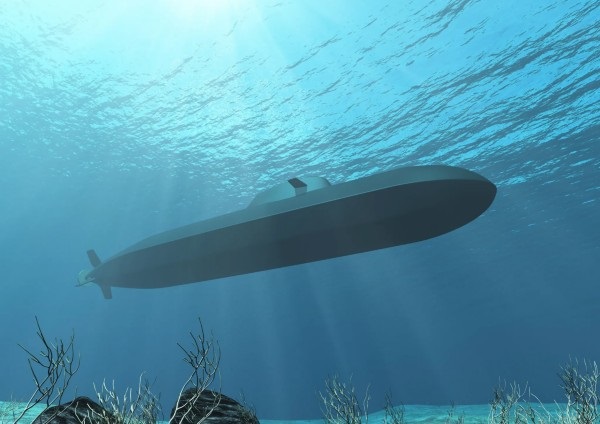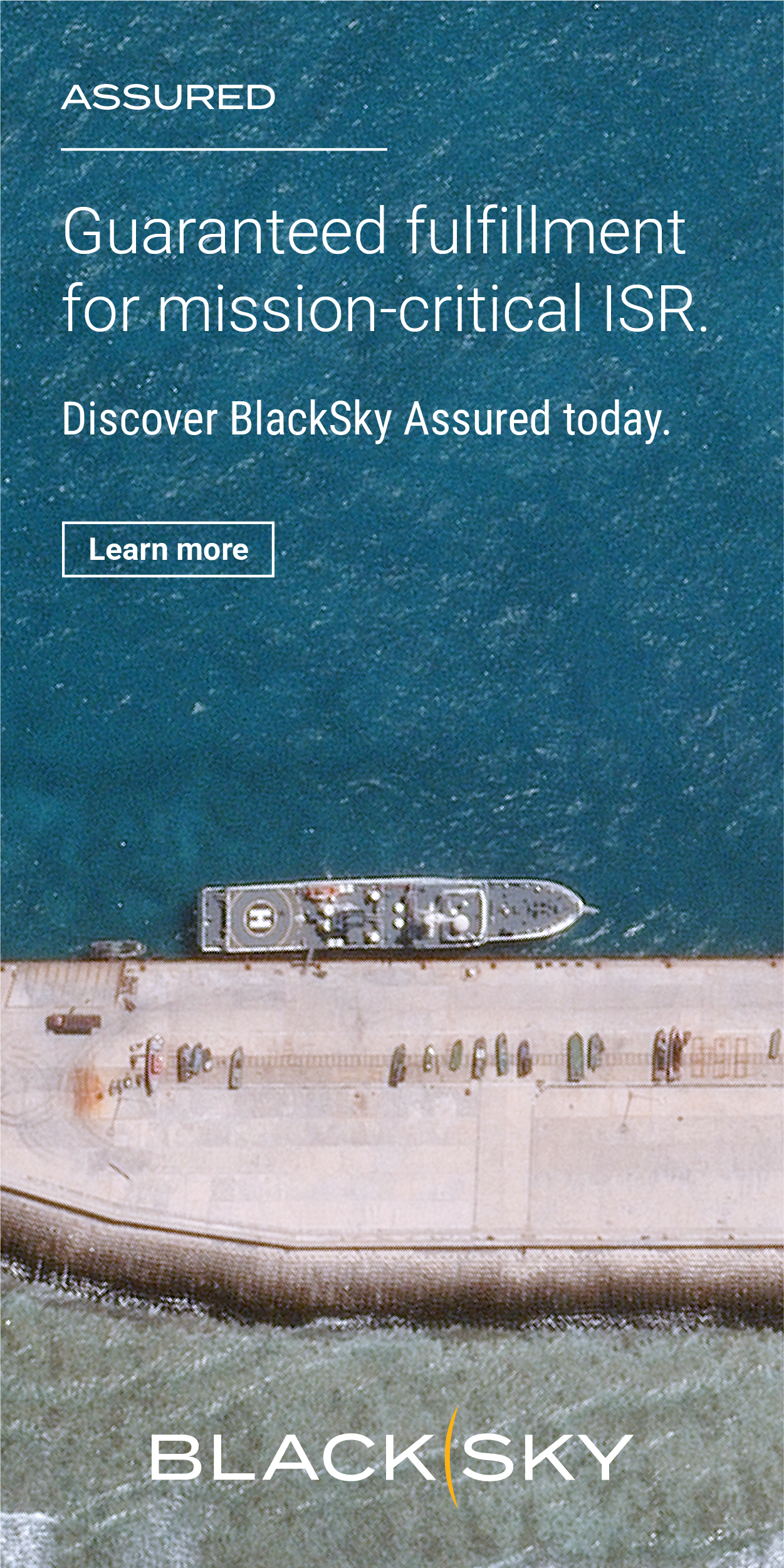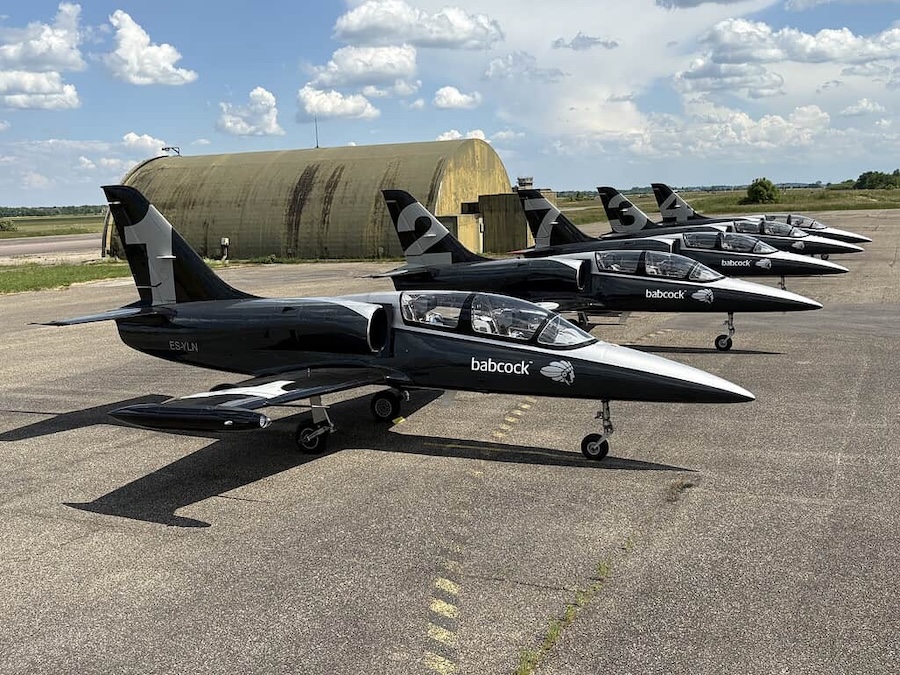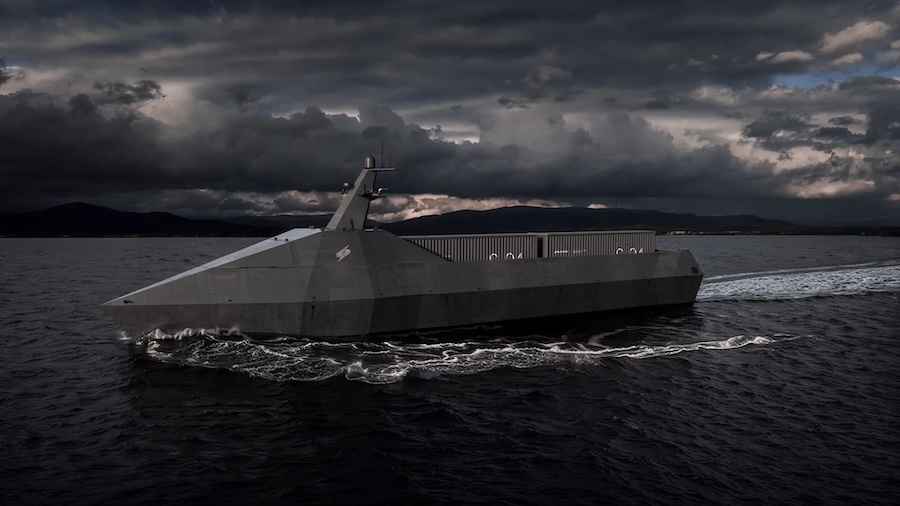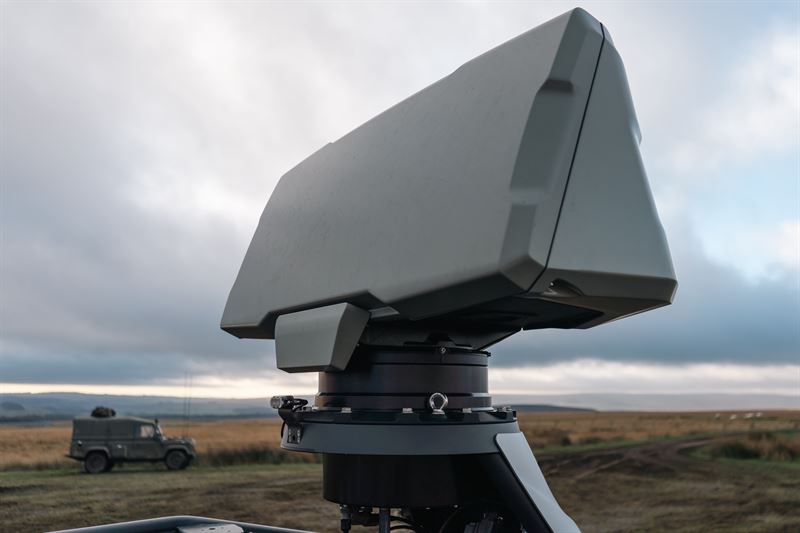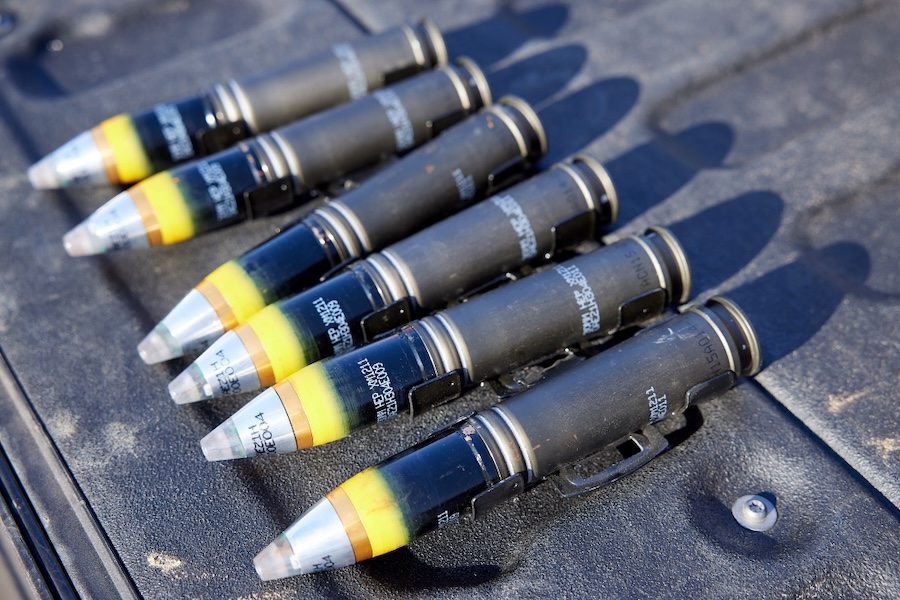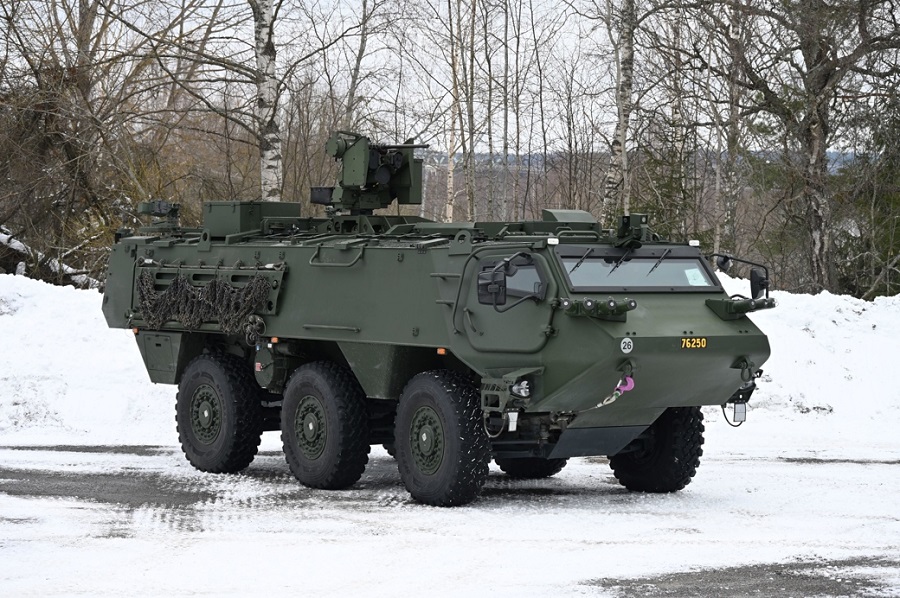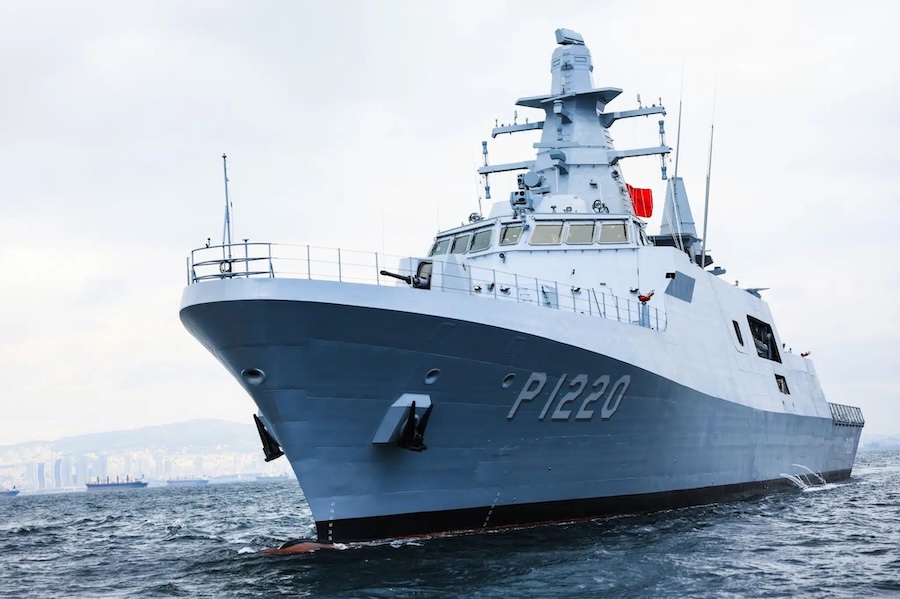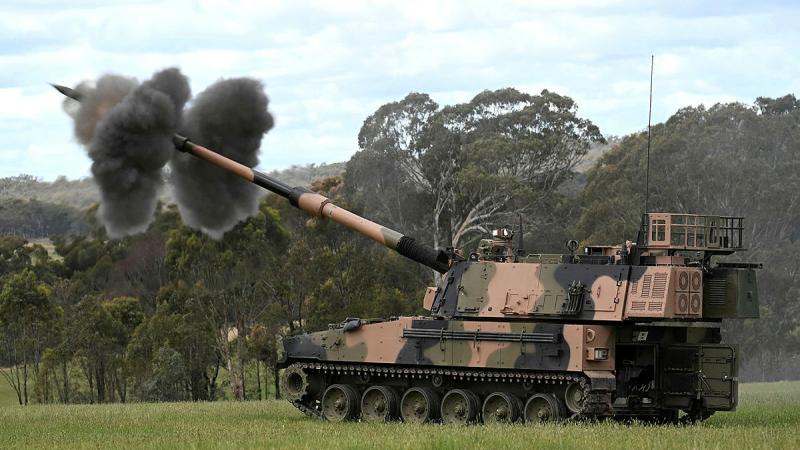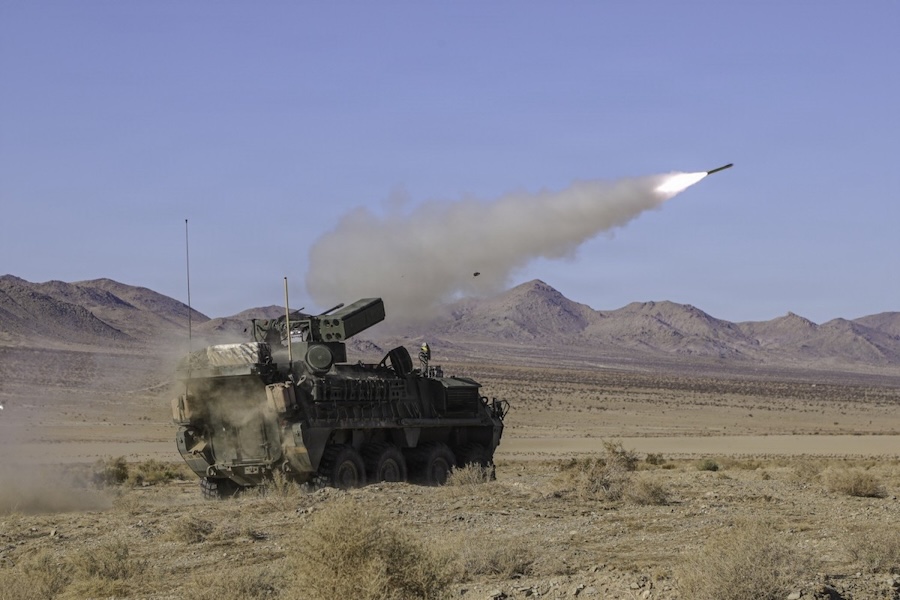The system addresses the growing need for economical, rapidly deployable solutions to protect territorial waters, critical infrastructure and national coastlines. Global security tensions and restricted defence budgets have made cost-effective alternatives to large naval fleets increasingly important.
CDMS is designed to neutralise hostile vessels at ranges of more than 300 kilometres, depending on missile type. It can operate with the RBS15 Mk3, which has a range exceeding 200 kilometres, or the RBS15 Mk4, which will offer a range greater than 300 kilometres when deliveries begin in the late 2020s.
Both missile versions are all-weather, fire-and-forget systems that travel just above the sea surface at high-subsonic speed. Their low, rapid, sea-skimming flight path makes detection difficult, while their high-explosive warheads provide a one-hit-one-kill capability and a secondary land-attack function.
The CDMS configuration includes truck-based missile system vehicles, each carrying four RBS15 missiles mounted on a launcher unit with the same footprint as a 20-foot ISO standard shipping container. These launchers can be hidden when inactive and quickly deployed to fire on approaching enemy vessels.
Crews can execute a “shoot-and-scoot” manoeuvre, launching missiles and relocating in under 120 seconds to avoid counter-attacks. The system is vehicle agnostic, allowing users to integrate their preferred vehicles, each equipped with a hydraulic power generator and control options for operation from within the cabin or remotely.
Missile vehicle coordination is managed through a mobile battery command post, which connects to surveillance platforms such as aircraft, ships, drones and radar systems for targeting data. Dedicated sensor vehicles can also acquire local targeting information, and logistic vehicles enable missile canisters to be replaced in approximately 15 minutes.
By deploying CDMS, armed forces can reinforce coastal protection without diverting surface warfare vessels from other operations. The extended range of both RBS15 variants allows a small number of CDMS batteries to secure extensive coastal areas, either stationed near strategic infrastructure or rapidly relocated to critical points.
The system can also be adapted for maritime use by installing the launcher unit on vessels equipped with container interfaces. Saab is examining this application for multi-purpose vessels as a separate mission module, enabling flexible use of existing naval platforms.
RBS15 missiles are already operated by several nations, including Sweden, Finland, Germany, Poland, Bulgaria and Croatia, which enhances interoperability among users. In regions such as the Baltic Sea, where Finland, Poland, Germany and Sweden deploy RBS15 systems, shared capabilities contribute to maintaining maritime stability and deterrence.
Source: Saab.
